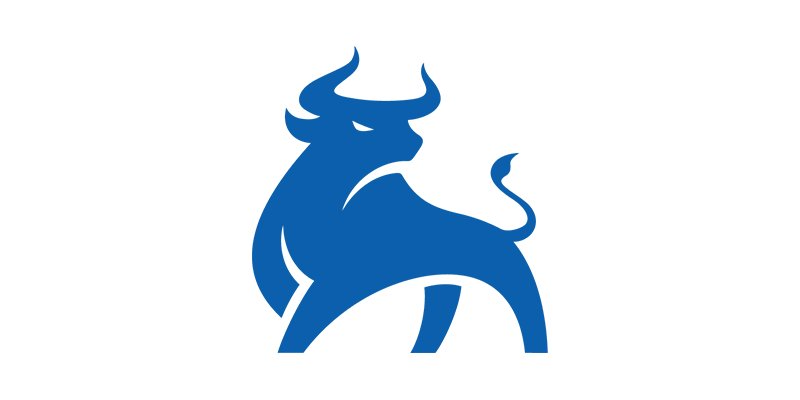How to Day Trade Options
Day trading refers to the practice of buying and selling a security within a single trading day. While common with stocks and foreign exchange (forex), it is possible to profitably day trade options contracts. Day trading requires an in-depth understanding of how the markets work and various strategies for profiting in the short term. Day trading uses many of the same tools utilized in other forms of trading, albeit on a much more compressed timeline. Intraday trades can typically be completed in minutes, and sometimes as quick as a few seconds.
Requirements to day trade
The Financial Industry Regulatory Authority (FINRA) is an independent, nongovernmental organization that writes and enforces the rules governing registered brokers and broker-dealer firms in the United States. Its stated mission is “to safeguard the investing public against fraud and bad practices.”
For day traders, the most important rule from FINRA is the Pattern Day Trading rule. A pattern day trader (PDT) is a regulatory designation for those traders or investors that execute four or more day trades over the span of five business days using a margin account. The number of day trades must constitute more than 6% of the margin account’s total trade activity during that five-day window.
If this occurs, the trader’s account will be flagged as a PDT by their broker. The PDT designation places certain restrictions on further trading; this designation is put in place to discourage investors from trading excessively. Pattern day traders are required to hold $25,000 in their margin accounts. If the account drops below $25,000 they will be prohibited from making any further day trades until the balance is brought back up.
It is absolutely still possible to day trade with an account of less than $25,000, however, exceeding four day trades in a five-day span would result in a PDT restriction.
Why day trade options?
Day trading options enable investors to leverage the bullish or bearish intraday momentum of a stock without having to actually purchase shares of the underlying security. For example, say that stock XYZ trades for $145. Buying 100 shares of stock XYZ would cost a trader $14,500. An options contract for XYZ would trade for significantly less than the total price of 100 shares. Perhaps a trader does not wish to allocate that amount of money towards XYZ, but still wishes to capitalize on the daily movement of the stock. This is why day trading options can be a fantastic alternative.
The reduced cost basis of day trading options opposed to shares can allow traders to diversify, thus increasing investment opportunities. This allows a trader’s capital to go further, increasing profit potential. Another factor is volatility. As demand for options increases, implied volatility will rise. Options that have high levels of implied volatility will result in high-priced option premiums.
Sounds great! What’s the downside?
The tradeoff is that with options, there can be reduced liquidity in options markets. This can widen the spread between the bid and ask prices, requiring a larger movement than may be expected for options to become profitable. Another factor to consider is time value, or theta. Price movement of an option may be limited by the theta value of an option. However, with these drawbacks taken into consideration, savvy traders can adjust their day trading plans accordingly.
Where to begin?
First, a more-than-general knowledge of how options and markets function is necessary. An educated trader will usually always have the advantage of those who have not done their due diligence. Next, just like regularly trading options, day traders require a strategy. Much like the trading styles we teach you about at Options Academy, options day traders employ strategies that work for them.
Many of the same tenets of the Options Academy trading styles are applicable to day trading options. It is possible to mimic the Theta, Gamma, and Delta trading styles on a smaller, quicker scale. Options day traders use many of the same tools developed for regular trading – research, planned entry/exit, technical analysis – in conjunction with timing to remain profitable. Day traders also diligently practice risk management.
Successful day traders pay attention to international and futures markets before the market opens, to get a feel for the directions of the markets headed into the US open. The US often dictates the direction of the world markets, so it is sensible to wait a little while for the market to settle before entering the first trade of the day.
Just a few of the most popular stocks to day trade are: Apple (AAPL), Microsoft (MSFT), Nvidia (NVDA), and the SPDR S&P 500 trust ETF (SPY). These stocks are all very liquid and have plenty of volume. For example, let’s say you wish to day trade the SPY. Before the market opens, you see that there is news that you consider bearish. Futures are down and there does not seem to be any news that will change bearish sentiment.
This would be an opportunity, after watching how the SPY trades for a bit (as markets can be especially volatile at open) to buy puts on the SPY, or sell calls on the SPY. A common strategy for option day traders is to buy or sell at-the-money, or just out-of-the-money calls or puts. These options have a greater likelihood of having a large change in value.
Wrapping Up
Day trading options is a great way to capitalize on the bullish or bearish momentum of an underlying stock. Options allow traders to leverage this momentum for a significantly smaller amount of capital than buying shares of the underlying stock outright. While possible to apply a similar approach to day trading options as the individual trading styles we teach you about at Options Academy, the timeline is much smaller, requiring adjustments.




1 Comments
MSFT CAN WORK FOR YOU ANY DAY, UP OR DOWN